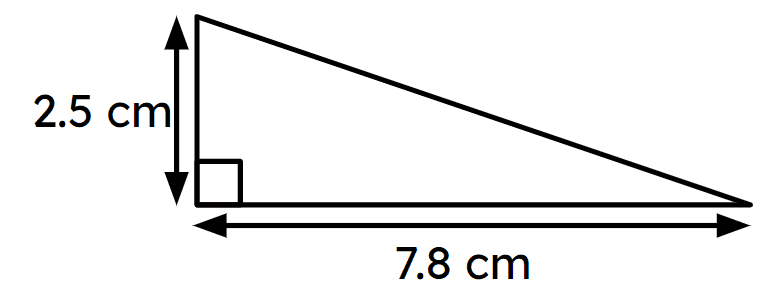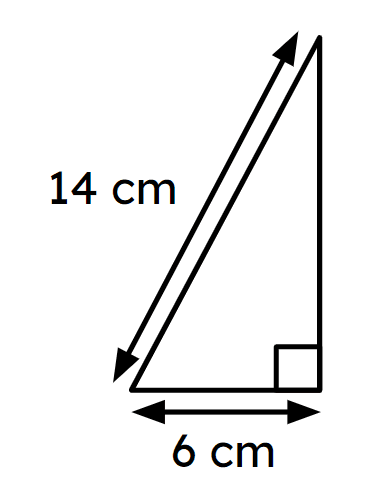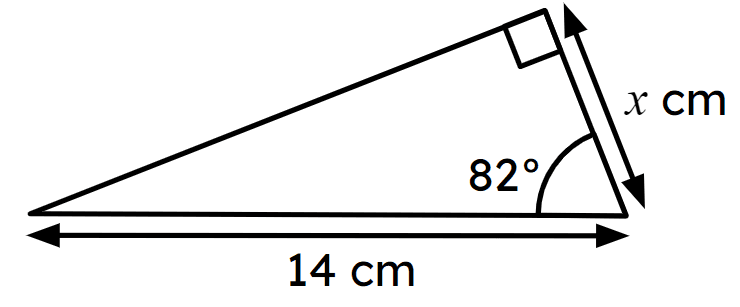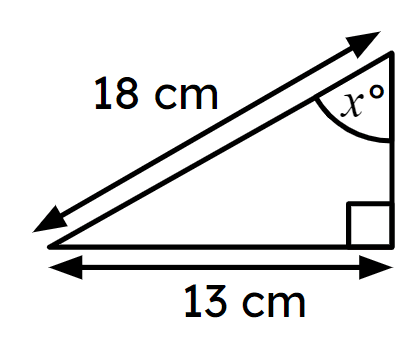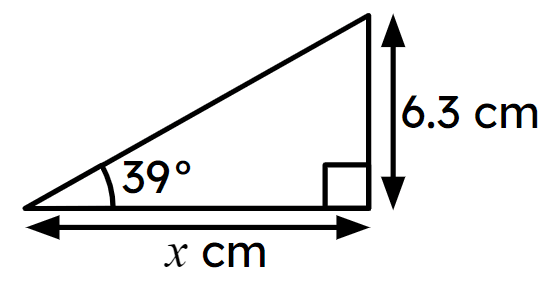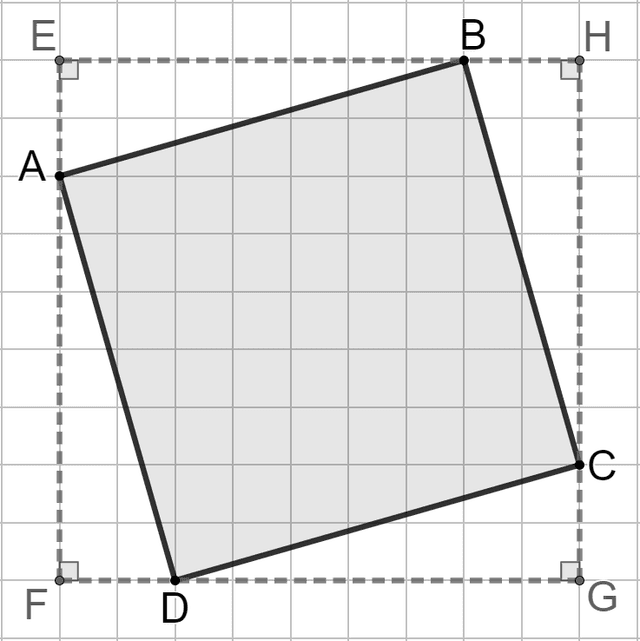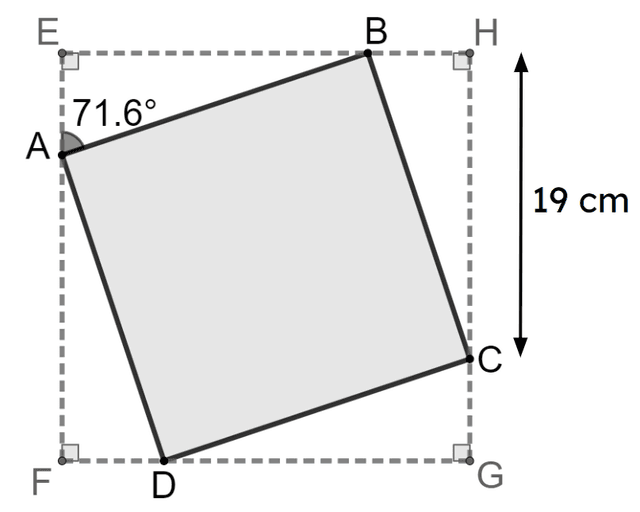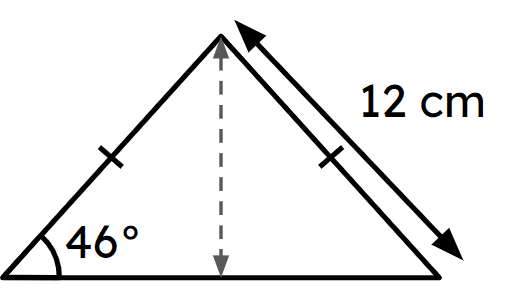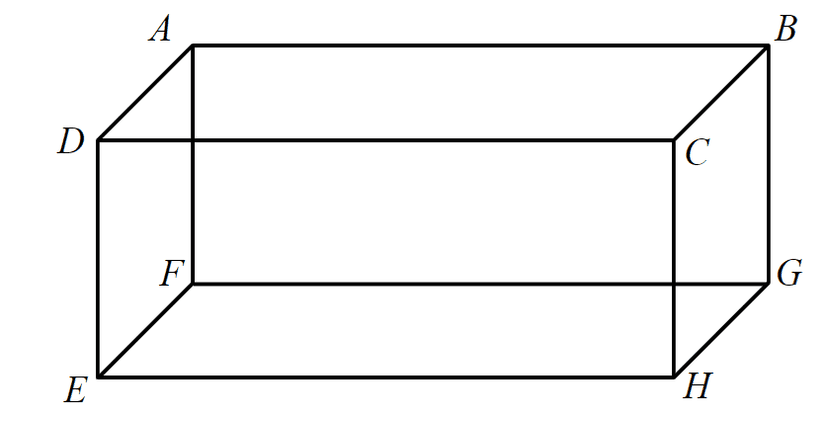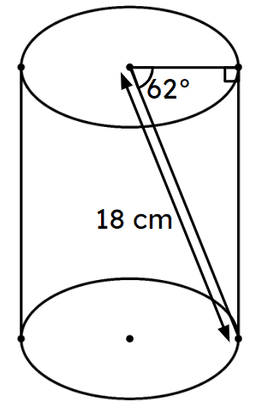Myths about teaching can hold you back
Learn why
New
New
Lesson 13 of 13
- Year 10
- Higher
Advanced problem solving with right-angled trigonometry
I can use my knowledge of right-angled trigonometry to solve problems.
Lesson 13 of 13
New
New
- Year 10
- Higher
Advanced problem solving with right-angled trigonometry
I can use my knowledge of right-angled trigonometry to solve problems.
These resources will be removed by end of Summer Term 2025.
Switch to our new teaching resources now - designed by teachers and leading subject experts, and tested in classrooms.
These resources were created for remote use during the pandemic and are not designed for classroom teaching.
Lesson details
Assessment exit quiz
Download quiz pdf




